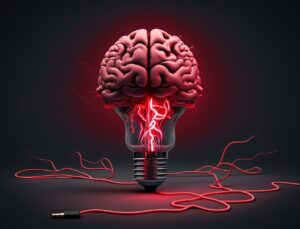Emotions are the fundamental bases of life that make up our personality, memories, and daily lives. Inside Out Two is coming this June after the enormous success of Inside Out One, where audiences shared empathy as human beings of the world who all experienced the maturation of emotions and transitions from childhood perspectives to teenagers to adult perspectives of the world. I wanted to write about how we actually “feel” the emotion that makes up one’s identity.
What is Emotion
Not only forming a collective psychological identity, emotions play a crucial role in survival during human evolution. Reflexes, which are known for the automatic function of our body to specific stimuli, emotions are different; they are “selected” in evolution because emotion responds in the process of adaptation to a constantly changing environment regarding protection, nurturing, finding food, water and shelter, and in finding sexual partners (mates). Emotions arise from activations of specialized neuronal populations in various parts of the cerebral cortex, such as the anterior cingulate, insula, ventromedial prefrontal, and subcortical structures, including amygdala, ventral striatum, putamen, caudate nucleus, and ventral tegmental area.
The conscious, emotional experiences of these activations are known as feelings, and they are mediated by neural networks in behaviour, language, and thought. This improves the capacity to take in new information, anticipate it, and evaluate it in the context of prior experiences. The amygdala is the primary subcortical emotional brain structure that is crucial to contemporary theories of emotion. It continuously assesses and integrates a wide range of sensory information from the environment, assigning appropriate values to affective characteristics like valence, intensity, and approachability.
The amygdala facilitates the regulation of autonomic and endocrine functions, decision-making, implicit associative learning, changes in short—and long-term synaptic plasticity, and the activation of the fight-or-flight response through efferent projections from its central nucleus to cortical and subcortical structures.
Article 1


